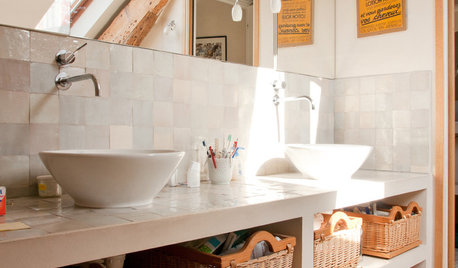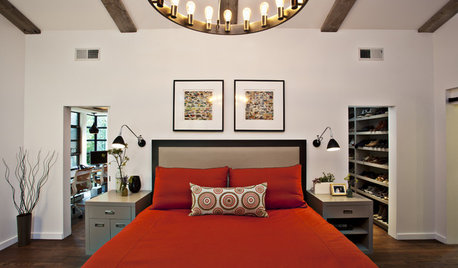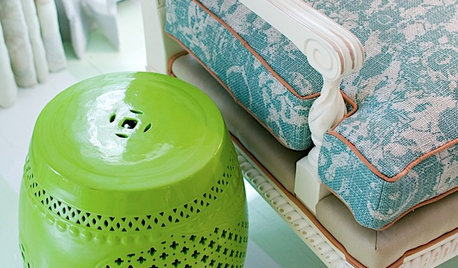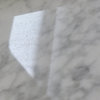Help me understand/pick out shower fixtures
belle_phoebe
14 years ago
Related Stories

WORKING WITH PROSConstruction Contracts: How to Understand What You Are Buying
Learn how plans, scope of work and specifications define the work to be completed
Full Story
COLORPaint-Picking Help and Secrets From a Color Expert
Advice for wall and trim colors, what to always do before committing and the one paint feature you should completely ignore
Full Story
LIFE21 Things Only People Living With Kids Will Understand
Strange smells, crowded beds, ruined furniture — here’s what cohabiting with little monsters really feels like
Full Story
COLORColor Palette Extravaganza: Room-by-Room Help for Your Paint Picks
Take the guesswork out of choosing paint colors with these conveniently collected links to well-considered interior palettes
Full Story
KITCHEN DESIGNKey Measurements to Help You Design Your Kitchen
Get the ideal kitchen setup by understanding spatial relationships, building dimensions and work zones
Full Story
GREEN DECORATING8 Questions to Help You See Through Green Hype
With the ecofriendly bandwagon picking up some dubious passengers, here's how to tell truly green products and services from the imposters
Full Story
DECORATING GUIDESThe Most Helpful Furniture Piece You May Ever Own
Use it as a table, a seat, a display space, a footrest ... and indoors or out. Meet the ever-versatile Chinese garden stool
Full Story
COLORPick-a-Paint Help: How to Quit Procrastinating on Color Choice
If you're up to your ears in paint chips but no further to pinning down a hue, our new 3-part series is for you
Full Story
ARCHITECTUREHouse-Hunting Help: If You Could Pick Your Home Style ...
Love an open layout? Steer clear of Victorians. Hate stairs? Sidle up to a ranch. Whatever home you're looking for, this guide can help
Full Story
COLORPick-a-Paint Help: How to Create a Whole-House Color Palette
Don't be daunted. With these strategies, building a cohesive palette for your entire home is less difficult than it seems
Full StorySponsored
Professional Remodelers in Franklin County Specializing Kitchen & Bath
More Discussions








studio460
Stacey Collins
Related Professionals
Bethpage Kitchen & Bathroom Designers · Oneida Kitchen & Bathroom Designers · Peru Kitchen & Bathroom Designers · St. Louis Kitchen & Bathroom Designers · Folsom Kitchen & Bathroom Remodelers · Islip Kitchen & Bathroom Remodelers · Lomita Kitchen & Bathroom Remodelers · Hayward Glass & Shower Door Dealers · Pearland Glass & Shower Door Dealers · Tenafly Cabinets & Cabinetry · Wheat Ridge Cabinets & Cabinetry · Wildomar Cabinets & Cabinetry · Central Cabinets & Cabinetry · Fremont Window Treatments · Phoenix Window TreatmentsStacey Collins